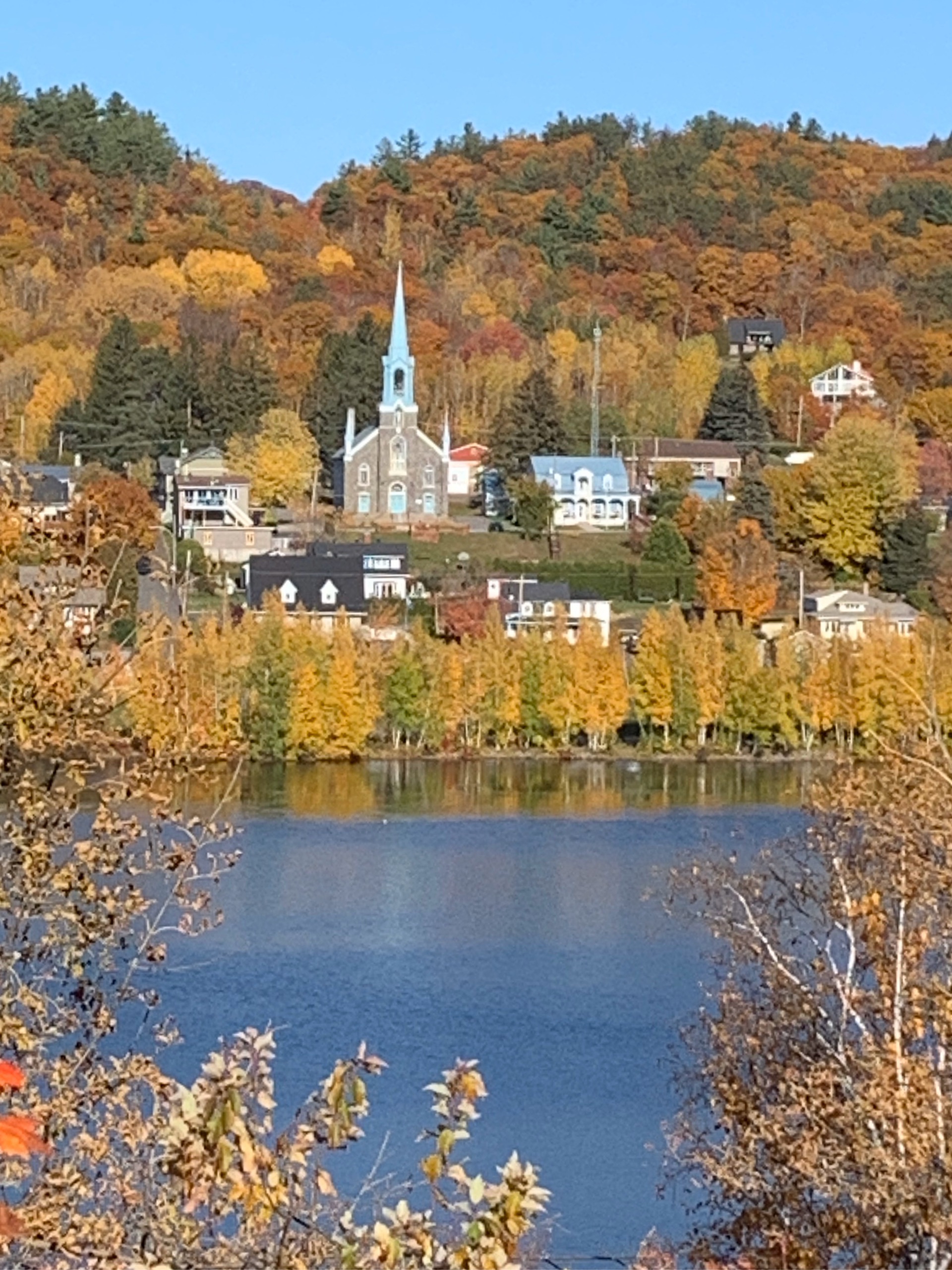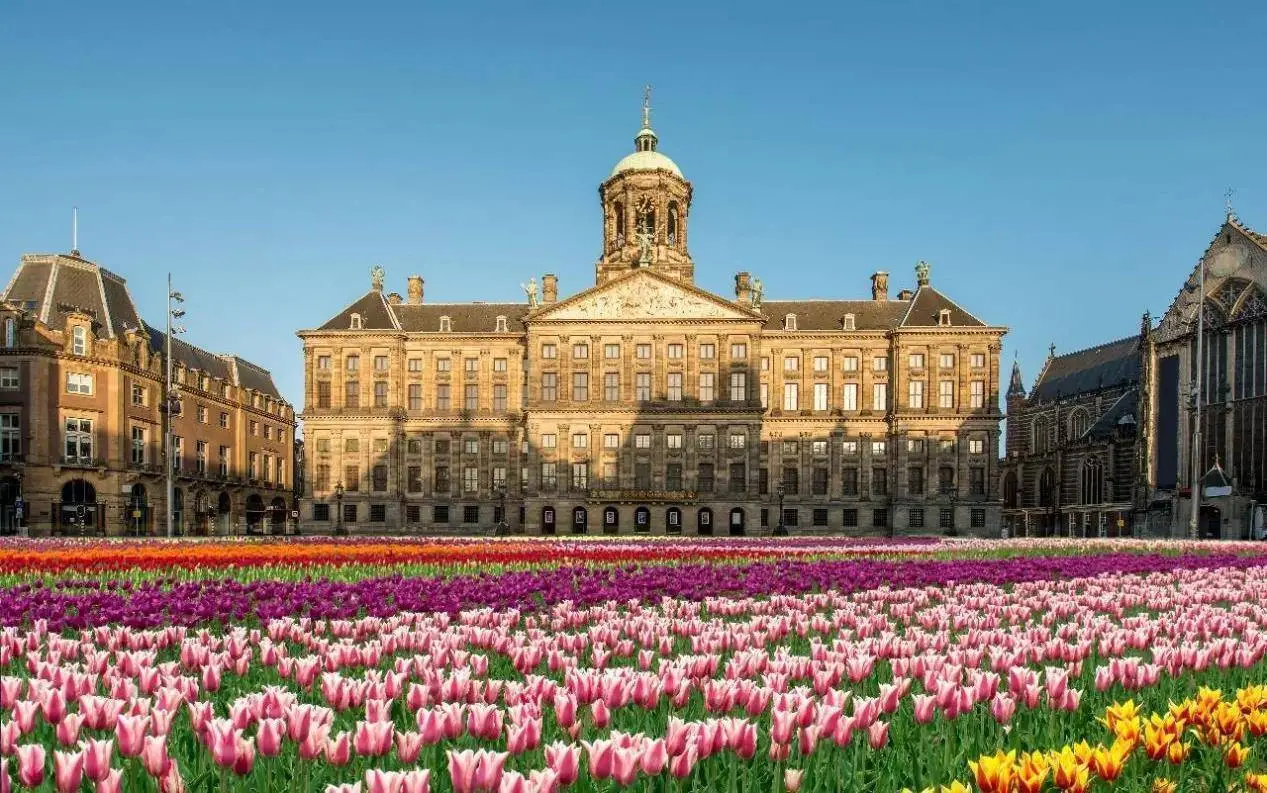Global Travel Information
River Lena, Russia
The Mighty River Lena: Russia’s Untamed Arctic Giant
Stretching across the vast and remote landscapes of Siberia, the River Lena is one of Russia’s most formidable and enigmatic waterways. As the 11th longest river in the world, it flows for approximately 4,400 kilometers (2,700 miles) from its origins in the Baikal Mountains to its dramatic delta in the Arctic Ocean. The Lena is not merely a river—it is a lifeline for wildlife, indigenous communities, and an enduring symbol of Siberia’s untamed wilderness.
Origins and Course
The Lena begins its journey near Lake Baikal, the world’s deepest freshwater lake, in the Irkutsk Oblast. Unlike many major rivers that are fed by glaciers, the Lena’s primary sources are melting snow and rainfall, making it highly dependent on seasonal changes. From its headwaters, it flows northeast through dense taiga forests, rugged plateaus, and permafrost-laden tundra before emptying into the Laptev Sea, a marginal sea of the Arctic Ocean.
One of the river’s most striking features is its delta, which spans over 30,000 square kilometers—making it one of the largest in the world. This labyrinth of channels, islands, and wetlands transforms with the seasons, freezing solid in winter and teeming with migratory birds in summer.
Ecosystem and Wildlife
The Lena River basin is a biodiversity hotspot, home to species adapted to extreme cold. Among its most iconic inhabitants are:
- Siberian sturgeon – A critically endangered fish that migrates upriver to spawn.
- Taimen – The world’s largest salmonid, often called the "river wolf" for its predatory nature.
- Polar bears and Arctic foxes – Found near the delta, where they hunt seals and seabirds.
- Siberian cranes – Rare migratory birds that nest in the Lena’s wetlands.
The river also supports permafrost ecosystems, where frozen ground stores vast amounts of carbon. However, climate change is causing thawing permafrost, altering water flow and releasing greenhouse gases—posing a threat to both local and global environments.
Human Connection: Indigenous Cultures and Exploration
For centuries, the Lena has sustained indigenous peoples such as the Yakuts (Sakha), Evenks, and Evens, who rely on its waters for fishing, transportation, and spiritual traditions. The Yakut people, in particular, consider the river sacred, weaving its presence into folklore and oral histories.
Russian explorers first mapped the Lena in the 17th century, using it as a route for fur traders and settlers. The establishment of Yakutsk—one of the coldest cities on Earth—along its banks marked the river’s importance in Siberia’s colonization. Today, Yakutsk remains a key hub, though much of the Lena’s basin remains sparsely populated due to its harsh climate.
Economic Importance and Challenges
The Lena is a vital transportation artery, especially in summer when ice melts, allowing cargo ships to transport goods like timber, oil, and minerals. However, navigation is treacherous due to shifting sandbanks, ice jams, and sudden floods.
The river also holds mineral wealth, including gold and diamonds mined in Yakutia. Yet, industrial activity brings pollution risks, threatening fragile Arctic ecosystems. Additionally, climate change is altering water levels, disrupting traditional livelihoods.
The Lena’s Future in a Changing World
As global temperatures rise, the Lena faces unprecedented challenges:
- Thawing permafrost destabilizes riverbanks, increasing erosion.
- More frequent floods endanger riverside settlements.
- Pollution from mining threatens fish populations.
Efforts to protect the Lena include scientific monitoring, indigenous-led conservation, and sustainable development policies. However, balancing economic needs with ecological preservation remains a struggle.
Conclusion: The Eternal Flow of Siberia
The River Lena is more than a waterway—it is the pulse of Siberia, shaping landscapes, cultures, and ecosystems. From its icy headwaters to its sprawling delta, it embodies both the beauty and brutality of the Arctic wilderness. As climate change reshapes the region, the Lena’s future hangs in the balance, reminding us of the delicate interplay between humanity and nature.
For now, the river flows on, silent and mighty, a testament to the enduring power of the wild.

Word Count: ~1,200
This article provides a comprehensive overview of the River Lena, blending geography, ecology, culture, and environmental concerns. Let me know if you'd like any modifications or additional details!
相关文章
- Elbe River Zoos & Aquariums: Family Fun Near the River
- Elbe River Amusement Parks: Rides with River Views
- Elbe River Camping Spots: Pitch a Tent by the Water
- Elbe River Glamping Sites: Luxury Camping Along the Banks
- Elbe River RV Parks: Stay in Your Camper Near the River
- Elbe River B&Bs: Cozy Accommodations with a Personal Touch
- Elbe River Hostels: Budget Stays for Young Travelers
- Elbe River Business Travel Guide: Meetings & Events Near the Water
- Elbe River Conference Venues: Spaces with River Views
- Elbe River Wedding Venues: Tie the Knot by the Water
发表评论
评论列表
- 这篇文章还没有收到评论,赶紧来抢沙发吧~


